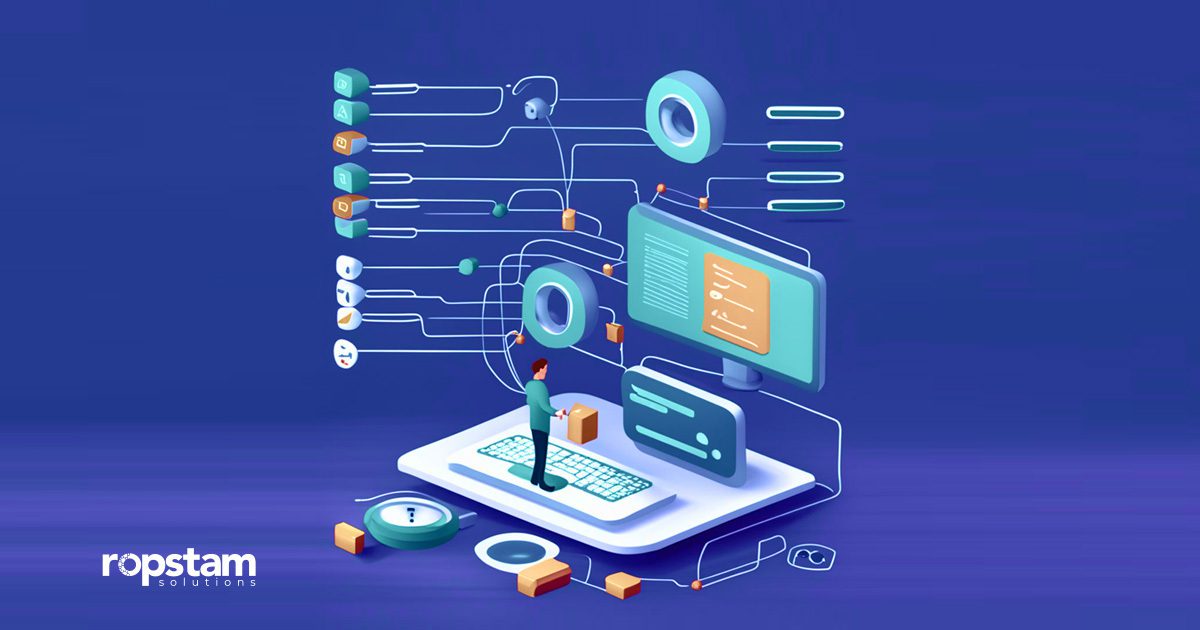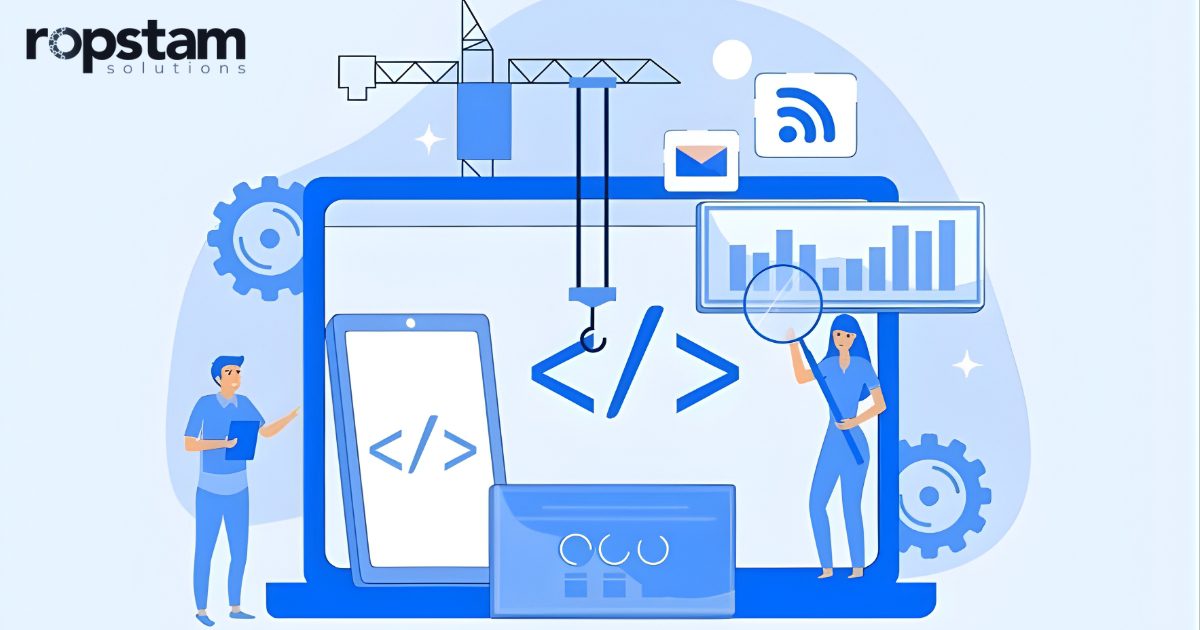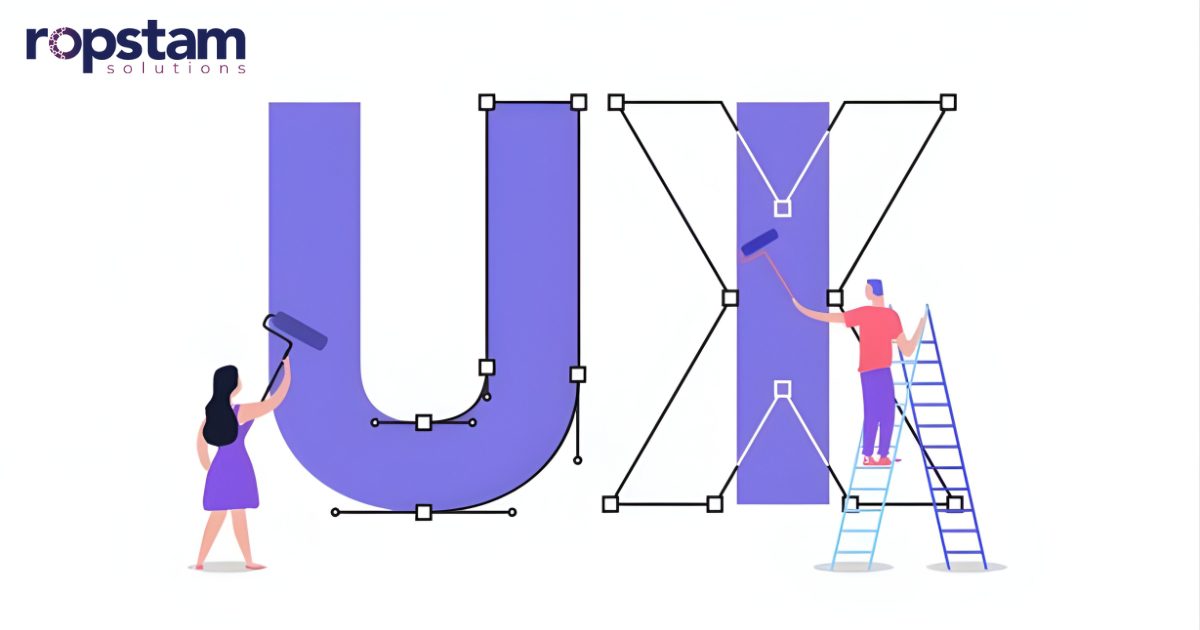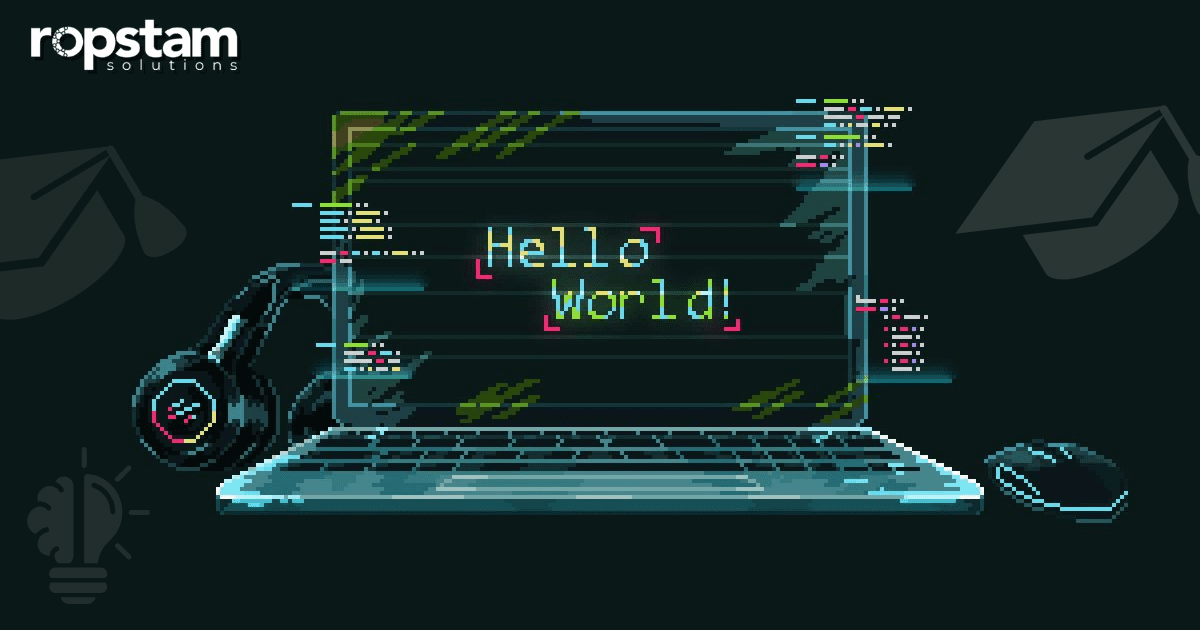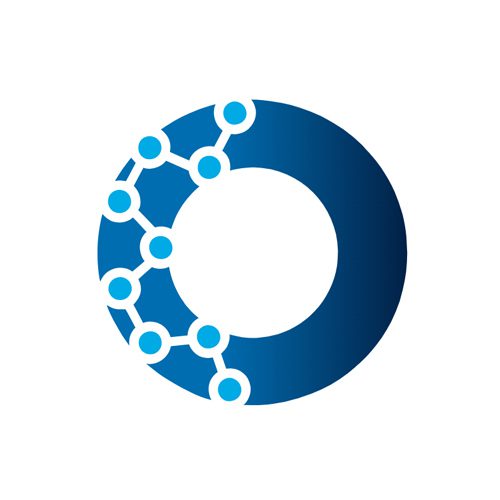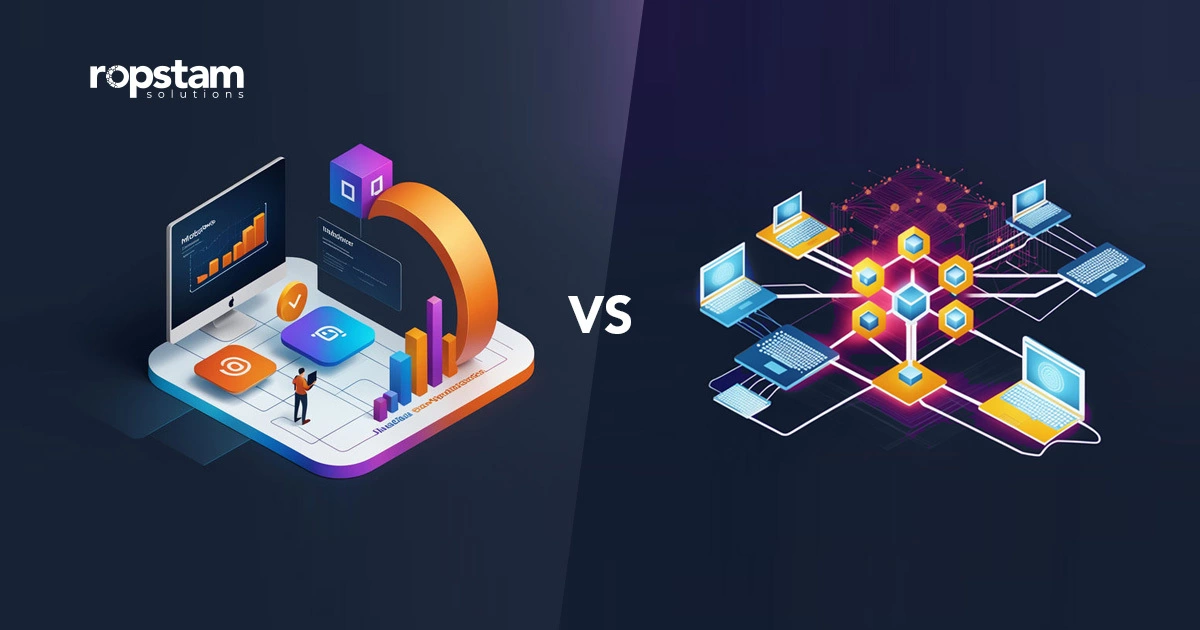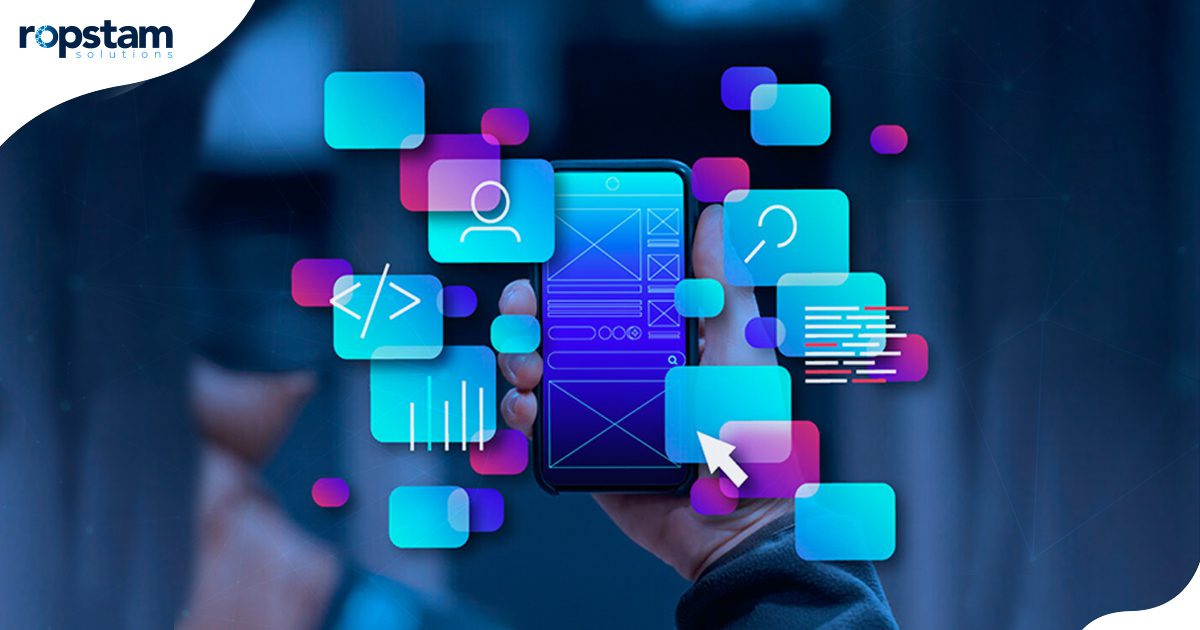In today’s data-driven world, effective data management is crucial for businesses and organizations of all sizes. This is where Database Management Systems (DBMS) come into play. In this comprehensive guide, we’ll explore what a Database Management System is, its component types, and how to choose the right DBMS for your specific needs. This article will also delve into the importance of using a DBMS and discuss some of the most popular systems to guide the readers.
What is a Database Management System (DBMS)?
A Database Management System (DBMS) is a sophisticated software application designed to efficiently store, manage, retrieve, and manipulate vast amounts of data in an organized and structured manner.
DBMS serves as a critical bridge between users and databases, ensuring that data is stored securely consistently and can be accessed whenever needed. At its core, a DBMS is a centralized repository where data is stored in various formats, such as text, numbers, images, or multimedia files.
One of its primary functions is to facilitate data manipulation through a user-friendly interface, allowing individuals or applications to interact with the database without needing to understand complex data structures or programming languages.
Components of a DBMS
Now that you have got the basic idea of a database management system let’s discuss some key aspects of a DBMS:
1) Data Organization
DBMS organizes data into tables, which consist of rows and columns. This tabular structure simplifies data management, making it easy to add, update, or retrieve information.
2) Data Security
DBMS includes robust security features, such as authentication, authorization, and encryption, to safeguard data from unauthorized access and potential breaches.
3) Data Integrity
It enforces data integrity constraints to ensure the accuracy and consistency of stored information. Consequently, DMBS enables the prevention of data corruption or discrepancies.
4) Concurrency Control
In multi-user environments, DBMS manages concurrent access to the database, ensuring that multiple users can work with the data simultaneously without conflicts.
5) Backup and Recovery
Almost all of the DBMS systems provide mechanisms for creating backups of data, which can be crucial for disaster recovery and preventing permanent data loss in case of a system failure.
6) Query Language
DBMS supports a structured query language (SQL) that allows users to formulate queries to retrieve specific data from the database.
7) Indexing and Optimization
It includes indexing mechanisms and query optimization techniques to enhance query performance and reduce response times.
7 Types of DBMS You Must Know
Database Management Systems (DBMS) come in various types, each tailored to specific use cases and data management requirements. Understanding these types is crucial for selecting the most suitable DBMS for your organization’s needs.
Each type of DBMS has its strengths and weaknesses, making them suitable for distinct use cases. When selecting a DBMS for your project, consider factors such as data volume, complexity, performance requirements, and scalability to ensure it aligns with your organization’s specific needs.
Let’s explore these DBMS types in more detail:
1) Relational DBMS (RDBMS):
Overview: RDBMS is one of the most widely used types of DBMS. It organizes data into structured tables with rows and columns, enforcing data integrity through a predefined schema.
Use Cases: RDBMS is ideal for scenarios where data relationships are well-defined and need to be maintained. It’s commonly used in business applications, financial systems, and e-commerce platforms.
Examples:
- MySQL
- PostgreSQL
- Oracle Database
- Microsoft SQL Server
2) Graph DBMS:
Overview: Graph DBMS focuses on managing data with intricate relationships. It employs graph structures (nodes and edges) to represent and query connected data.
Use Cases: Graph databases excel in applications involving highly connected data, like social networks, recommendation systems, and fraud detection.
Examples:
- Neo4j
- Amazon Neptune
- Virtuoso
3) Object-Oriented DBMS (OODBMS):
Overview: OODBMS stores data in the form of objects, making it suitable for applications with complex data relationships. It extends the object-oriented programming paradigm to databases.
Use Cases: OODBMS is employed in domains where the structure of data closely resembles real-world objects, such as CAD systems, multimedia applications, and scientific research.
Examples:
- db4o
- ObjectDB
4) NoSQL DBMS:
Overview: NoSQL (Not Only SQL) DBMS is designed for handling unstructured or semi-structured data. Unlike RDBMS, it doesn’t require a fixed schema, allowing for more flexibility in data storage.
Use Cases: NoSQL databases are suitable for applications dealing with large volumes of data, such as social media platforms, IoT devices, and real-time analytics.
Types:
- Document-Oriented: MongoDB, Couchbase
- Key-Value Stores: Redis, Riak
- Column-Family Stores: Apache Cassandra, HBase
5) Time-Series DBMS:
Overview: Time-series DBMS specializes in storing and querying time-stamped data. It’s optimized for handling data points collected over time, making it suitable for IoT, monitoring, and analytics.
Use Cases: Time-series databases are vital in applications requiring real-time analysis of time-sensitive data, including stock market analysis and sensor data processing.
Examples:
- InfluxDB
- OpenTSDB
6) NewSQL DBMS:
Overview: NewSQL databases aim to combine the scalability of NoSQL databases with the ACID (Atomicity, Consistency, Isolation, Durability) properties of traditional RDBMS. They offer high performance and horizontal scalability.
Use Cases: NewSQL databases are used in applications where the requirements for both consistency and scalability are essential, such as online transaction processing (OLTP) systems.
Examples:
- Google Spanner
- NuoDB
7) In-Memory DBMS:
Overview: In-memory DBMS stores data in the computer’s main memory (RAM) rather than on disk, resulting in exceptionally fast data access.
Use Cases: In-memory databases are employed in applications requiring real-time data processing, such as high-frequency trading systems and caching layers in web applications.
Examples:
- SAP HANA
- Redis (can also serve as an in-memory database)
How to Choose the Right DBMS for Your Needs?
Selecting the right DBMS is crucial for your organization’s efficiency and data management. You must consider these factors when making a choice:
1) Data Type
Determine the nature of your data (structured or unstructured) to pick an appropriate DBMS type.
2) Scalability
Evaluate if the DBMS can scale with your data growth.
3) Cost
Budget is an extremely crucial factor, especially for startups. You must consider the licensing and maintenance costs before selecting a particular database management system.
4) Performance
Each DBMS caters to the varying needs of projects. Therefore, you must assess if the DBMS meets your performance requirements.
5) Security
Cybersecurity is one of the biggest threats to the integrity of the sensitive data stored in a database. Try to ensure the DBMS provides robust security features to protect your data.
6) Community and Support
Finally, check if there is an active user community and reliable support to ensure there is community support out there in case you run into unresolved issues.
Why Use a Database for Your Projects?
The utilization of a Database Management System offers a plethora of advantages, making it an indispensable tool for organizations dealing with data of all types and volumes. Let’s delve deeper into the key reasons why using a DBMS is crucial:
1) Data Centralization:
A DBMS centralizes all data within an organization, serving as a single repository. This centralization simplifies data storage, retrieval, and management, eliminating the need for scattered, disparate data sources.
Centralization promotes efficiency as users can access the data they need without the complexity of navigating multiple data silos.
2) Data Security:
DBMS systems implement robust security features, including authentication and authorization controls, to safeguard sensitive information from unauthorized access.
Data encryption and access restrictions help organizations comply with data protection regulations such as GDPR, HIPAA, and CCPA.
3) Data Integrity:
DBMS systems ensure data accuracy and consistency through the enforcement of constraints, data validation rules, and referential integrity. This prevents data corruption and maintains data quality.
Constraints like unique keys, primary keys, and foreign keys maintain the integrity of relationships between different data entities.
4) Data Recovery:
DBMS systems incorporate mechanisms for data backup and recovery, minimizing the risk of data loss due to hardware failures, human errors, or disasters.
Regular backups allow organizations to restore their databases to a previous state, ensuring business continuity and reducing downtime.
5) Multi-User Support:
DBMS systems are designed to facilitate concurrent access by multiple users or applications. This feature enables collaboration and real-time data updates without conflicts.
Users can perform read and write operations simultaneously, and the DBMS manages concurrent access through locking and transaction management.
6) Efficient Querying and Reporting:
DBMS systems offer robust query languages, such as SQL (Structured Query Language), which enable users to extract specific data from large datasets efficiently.
Moreover, reporting tools integrated with DBMS systems allow users to generate customized reports, aiding decision-making processes.
7) Scalability:
DBMS systems can scale horizontally or vertically to accommodate growing data volumes and user loads. This scalability ensures that the database can handle future business needs.
Cloud-based DBMS services further enhance scalability, offering on-demand resources and flexibility.
8) Data Consistency and Redundancy Reduction:
By eliminating data redundancy through normalization techniques, DBMS systems maintain data consistency and minimize the risk of inconsistencies or contradictions in the database.
Data updates are performed in a structured manner, reducing the chance of errors or conflicting information.
Most Popular Database Management Systems of 2024
The world of Database Management Systems (DBMS) is vast and diverse, with numerous options catering to various business needs. Among the plethora of choices, several DBMSs have risen to prominence due to their exceptional capabilities and widespread adoption. Here, we’ll delve into some of the most popular DBMS options, each with its unique strengths:

1) MySQL:
- MySQL is an open-source Relational Database Management System (RDBMS) renowned for its exceptional performance and reliability.
- It is highly customizable, making it suitable for a wide range of applications, from small websites to large-scale enterprise systems.
- MySQL has many pros including a robust community, extensive documentation, and numerous third-party tools and connectors, contributing to its popularity.
2) Oracle Database:
- Oracle Database is a stalwart in the RDBMS landscape, commonly employed by large enterprises and organizations worldwide.
- It offers a comprehensive suite of features, including advanced security, scalability, and support for complex data structures.
- Oracle Database’s robustness and high availability make it an excellent choice for mission-critical applications.
3) MongoDB:
- MongoDB is a prominent NoSQL database celebrated for its flexibility in handling unstructured and semi-structured data, making it ideal for modern, dynamic applications.
- Its document-oriented data model allows for the storage of data in JSON-like BSON format, simplifying data manipulation and retrieval.
- MongoDB is widely used in scenarios requiring rapid development, scalability, and real-time analytics.
4) Microsoft SQL Server:
- Microsoft SQL Server is a powerful RDBMS developed by Microsoft, offering a wide range of features and integration with Microsoft’s ecosystem.
- It is known for its robust security features, including encryption, role-based access control, and auditing.
- SQL Server is suitable for businesses looking to leverage the Microsoft stack for their applications and data management.
5) PostgreSQL:
- PostgreSQL is an open-source RDBMS renowned for its extensibility, SQL compliance, and commitment to standards.
- This DBMS type supports complex data types, indexing techniques, and advanced data manipulation capabilities.
- PostgreSQL’s active community continuously enhances its features, making it a reliable choice for both small projects and enterprise-grade applications.
Conclusion
We are living in an era where data is of extreme significance for every online business and organization. Database management systems are software applications used to store, manage, and retrieve data in an effective manner, saving a lot of time and resources. This blog is a detailed guide to database management systems for developers, data analysts, and database engineers to help them make informed decisions.

